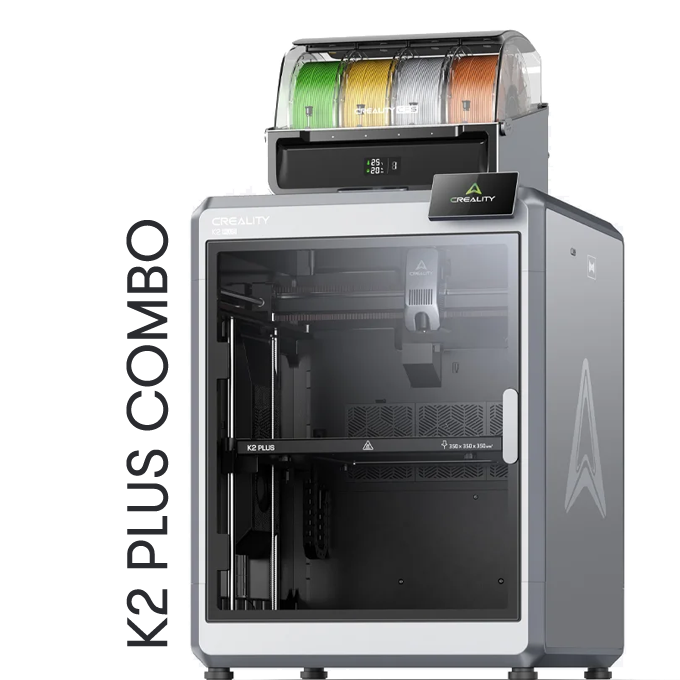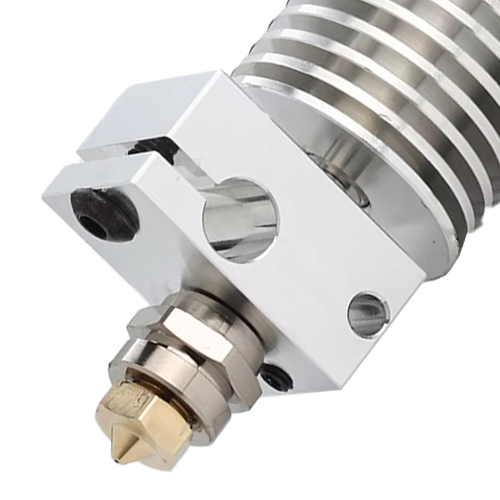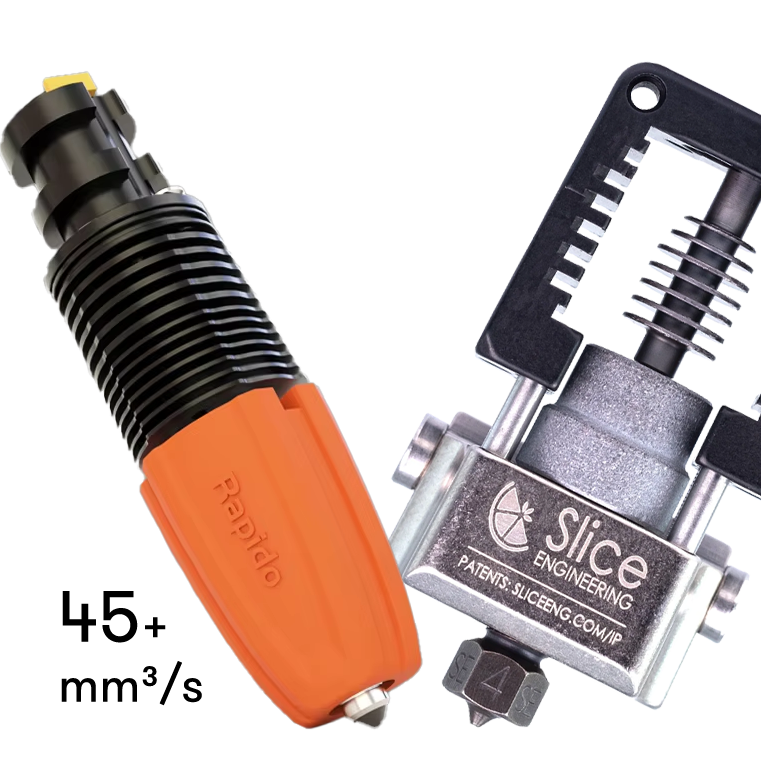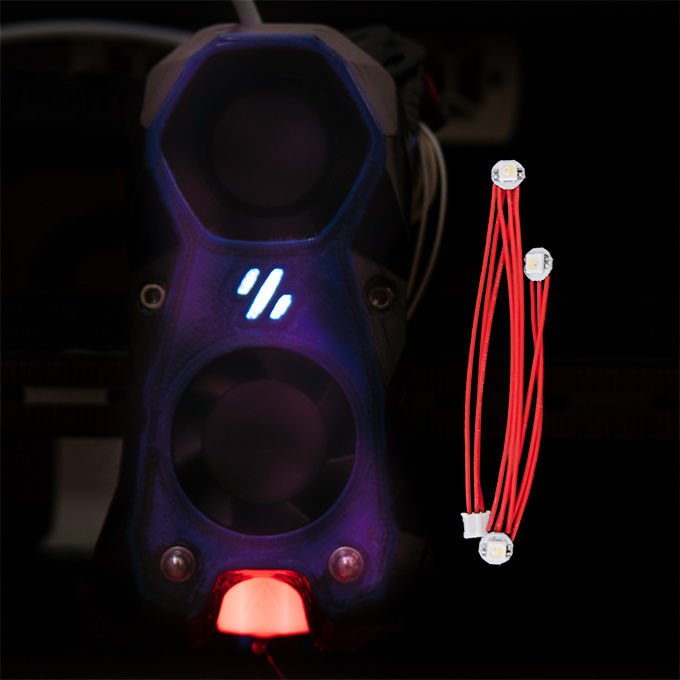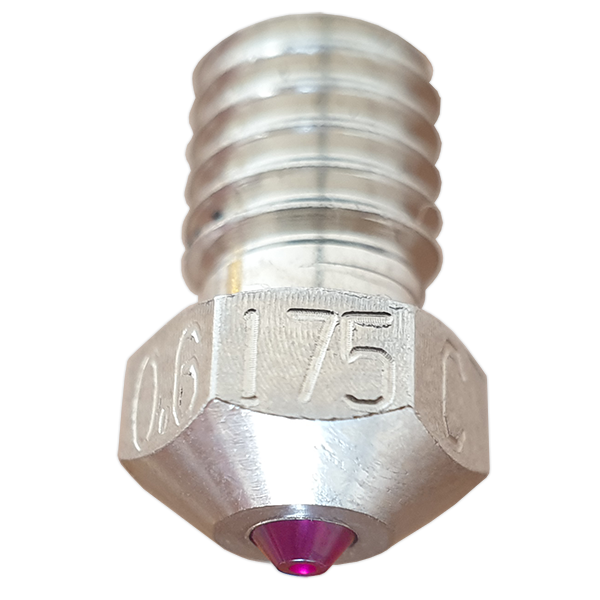All modern 3d printers offer Auto Bed Leveling (ABL) function, using different types of probes and sensors. The ABL aligns the bed’s plain with the plain of the gantry. If the build plate is not perfectly flat, a Bed Mesh could be performed to record deviations in different parts of the bed. This data is used to align the nozzle dynamically to the deviations by slightly increasing and decreasing the Z height while printing the same layer. In this way, the printer compensates for non-flat areas on the bed and assures a perfect first layer.
Measurements precision and repeatability are key for good ABL and Bed Mesh. They depend on:
- The precision of the sensor;
- The sensor’s resistance to magnetic or other perturbations and to high temperatures. As sensors are installed generally on the toolhead they are close to the heated bed during the measurements and may suffer from magnetic interference from the fans or the magnetic bed (if used).
- The right association of the probe type and the material of the build surface.
What types of sensors and probes could be used for ABL?
FDM 3d printing machines are nowadays mature and most types of probes have been already tested. Still, there are new inventions popping out from time to time, like the latest deployment of optical sensors. The objectives in sensor development for ABL are to achieve better measurement, easier installation/replacement, and universal use for various types of build surfaces (metallic/non-metallic/metallic with magnetic fluctuations, etc.). Let’s see the major types of ABL sensors and probes and how they answer these objectives.
Inductive sensors (a.k.a proximity sensors)
Inductive sensors are contactless. They create a magnetic field with a coil and detect changes in the magnetic field when in proximity to a metal object. It means they can’t detect glass or other non-metal build surfaces. Currently, inductive sensors are still largely used in 3d printing in association with flexible spring steel sheets with PEI/PET/PC coating.
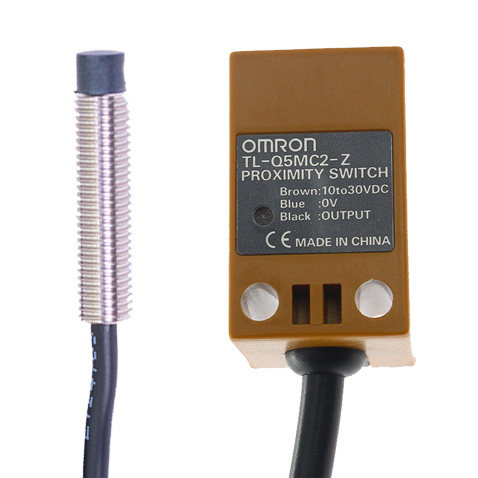
SuperPinda is a temperature-independent inductive probe by Pepperl&Fuchs integrated by Prusa in their MK3S. It has replaced PINDA V2, which was also an excellent sensor with an integrated thermistor to compensate for thermal perturbances. Many consider SuperPinda the best inductive probe.
The Omron TL-Q5MC2-Z was the Voron choice for its Afterburner/Stealthburner toolheads. Unfortunately, its lifespan on printers with a powerful hotbed was short and many users preferred to implement either SuperPinda or a mechanical solution like the Klicky probe.
A typical inductive sensor for ABL has a small detection range (5 or 8 mm) in order to minimize measurement errors. The issue is it has to go close to the hotbed in order to detect it, and this raises its temperature. Unfortunately, most inductive sensors generate an additional error in measurements at higher temperatures. Additionally, sensors in plastic cases can literally melt down when probing or staying close to a bed at 100C+.
Should you install an inductive sensor on your printer? If you intend to use only a spring steel sheet for the build surface, inductive sensors are OK, but currently, there are more universal and better-performing solutions.
Hall-sensor touch probes
Hall sensors detect magnetic fields. They are often used to replace mechanical enstops and provide contactless operation. For auto-bed leveling, the design adds a mechanical moving part – a pushpin, actuated by a solenoid switch. In order to probe the bed with touch, this pushpin is extended and retracted with magnets.
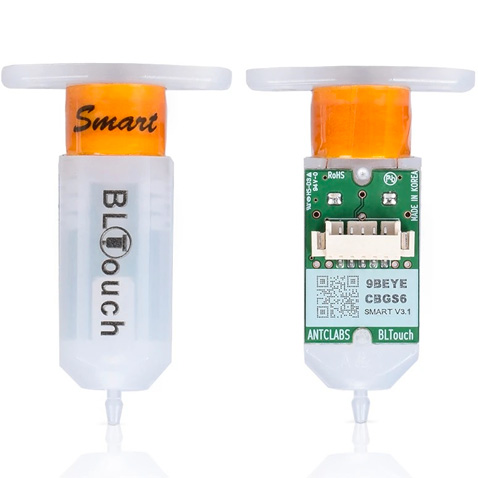
BLTouch from Antclabs is the most largely used hall-sensor touch probe. It has been on the market for 7 years and is well-documented. It was a must-have upgrade for older budget printers, supplied with a glass build platform. Still, it is probably the best-supported universal probe. Check the current price on:
The hall-sensor touch probes work with any build surface, as probing is based on physical touch. They are however prone to perturbations from other magnetic fields and shouldn’t be installed close to the toolhead fans or on printers with beds having magnetic fluctuations (magnetic sticker is OK, plates with magnets are not).
Optical touch probes
Optical ABL sensors detect changes in light intensity. A mechanical probe on the printhead probes the bed, moves up when touching the bed, and breaks a beam of light. This technology is simple, reliable, digital, and assures precise measurements with very good repeatability.
Optical sensors for ABL were developed in the last few years, and widely spread through Creality’s bestselling printers.
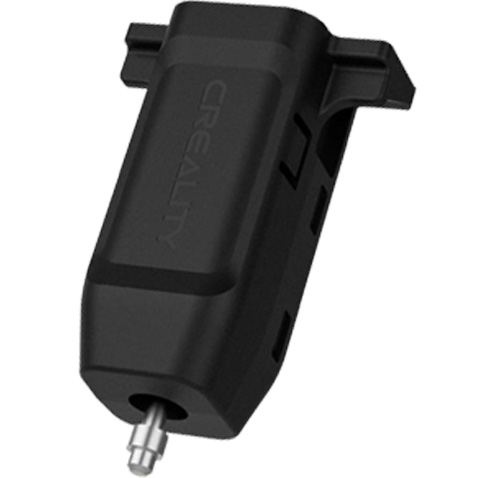
Positioning accuracy – range of 0.004
Creality’s CR Touch is currently the most used optical touch probe. It is used on the new Sprite direct toolhead. Though externally it looks similar to the BLTouch, the CR Touch doesn’t detect magnetic fields and is absolutely resistant to electromagnetic perturbances. A simple optical sensor detects the end position of the touch pin. Check its current price:
Though Opto sensors could be disturbed by very powerful light sources, the design of the CR-Touch uses an internal light source inside a non-transparent casing, which makes such disturbance impossible.
Should you use the CR-Touch optical touch probe on your printer? If you have 32-bit Creality board or if your board supports CR Touch – go for it. It is a better option than BLTouch and inductive probes and assures reliable positioning accuracy range of 0,004mm.
Voron Tap is a DIY optical probe developed for Voron Trident and Voron 2.4 R2.
It is a nozzle-based and the entire printhead moves to trigger an optical switch.
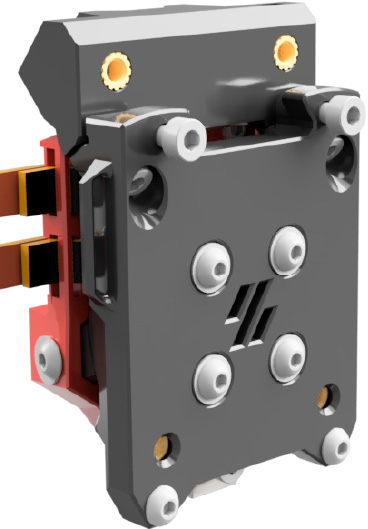
According to Voron devs, a well-built Tap is capable of achieving a precision of 0.4 μm (0.0004 mm) with great repeatability. This is way better than any other existing ABL sensor.
Voron Tap also provides crash protection. As the whole printhead moves up on a small linear MGN09 rail, you are protected from minor crashes on the bed.
Though it is easy to adapt Tap for other printers, it will work reliably on securely mounted build platforms only.
It won’t work with cartesian printers with light beds, nor on printers with cantilevered beds, because when the whole toolhead is probing, the force applied in the contact point will shake these less stable beds.
For now, Tap is a Voron-only solution, but this concept is very interesting and probably we’ll see similar solutions from other manufacturers.
ABL probes with mechanical microswitches
Microswitches are mainly used for homing axes, however, they are also reliable as ABL probes. Some older Delta printers were using microswitches for ABL by design. The inconvenience was that after the probing the user had to manually move or remove the microswitch before the print job starts.
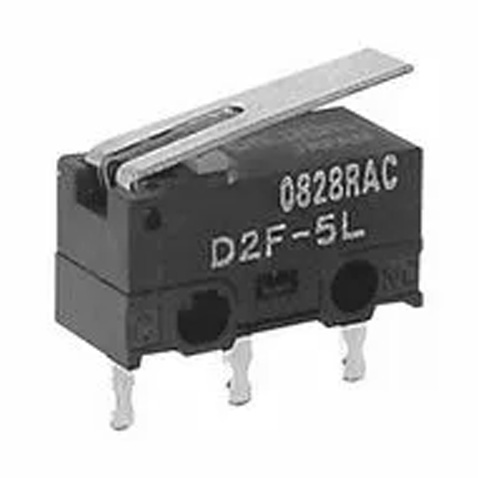
used on Klicky ABL probe
What precision can achieve a microswitch? Actually, the precision of a quality micro-switch is good – 0.025 mm (range – the difference between min and max values of 10 consecutive measurements at the same point).
Now, take into account that a microswitch costs around $2 and that it works for every type of build surface. Interesting, right?
Today, there are clever DIY designs that use magnets and gcode commands to undock, attach to the printhead, and dock the microswitch probe. Here we can mention Quickdraw/Klicky probe.
Conclusion
There are other types of ABL probes based on piezo, capacitive, or infrared sensors, however, they are either more difficult to set up, or become less precise in time.
What is the best ABL sensor? It depends very much on your printer. I use both CR Touch and BLTouch on my cartesian machines and microswitch probes on my CoreXY 3d printers. Though inductive probes like SuperPinda are reliable, I print also on non-metallic surfaces and I needed a universal ABL sensor.

